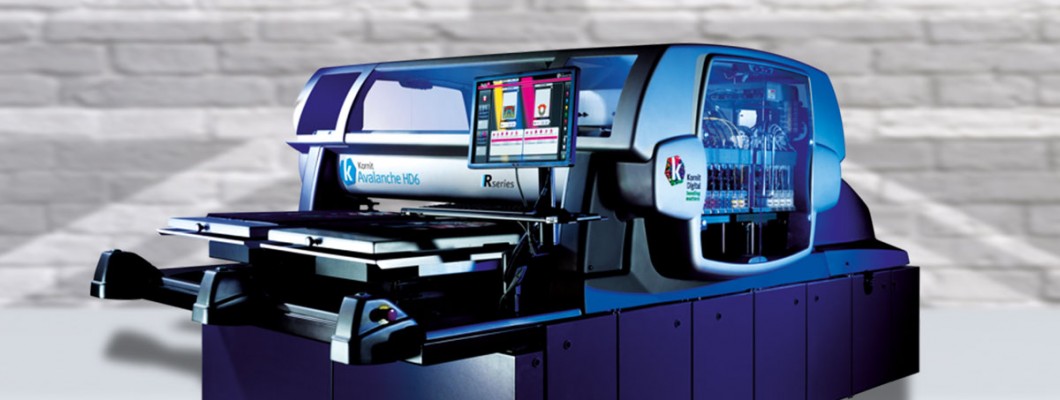
So, what's DTG printing?
The short answer:
If
you imagine a normal printer that you feed with sheets of paper and
print out pictures and text - a DTG printer is a much larger printer
that is fed with garments on a conveyor belt system. Those garments
(t-shirts, hoodies etc) are printed with specialised inks giving more
flexibility in colours and design.
The long answer:
DTG printing stands for “Direct To Garment” printing, which refers to the process of jetting water based ink directly onto the surface of a printable substrate, rather than printing a transfer which would then be heat pressed onto the substrate. DTG printing equipment is similar in many ways to the type of desktop ink jet printers which can be found in most homes and offices; utilizing a small selection of ink colours (typically Cyan, Magenta, Yellow, Black and White), the printer is able to dynamically mix the process inks “on the fly” as it prints, recreating a myriad of colours and effects as it goes!
The printers are generally much larger than most home or office printing systems, and the drive mechanism has been modified to feed blank garments rather than paper or other flat substrates. By eliminating the need for expensive and time-consuming screen setup, as well as the mess and the costs that go along with the traditional screen printing process used by most print shops, the process of DTG printing can be used to create beautiful, full colour designs with almost no setup, if you can create it on the computer, it can (generally) be reproduced on a t-shirt.
When
compared to traditional decoration techniques, such as screen printing,
the quality of a DTG printed garment is unrivalled – the print details,
gradients and print accuracy will beat out almost any other garment
decoration technique available (sublimation is another “digitally
printed” option which offers a fairly competitive option for decorating
garments with beautiful full colour designs, however sublimation is
limited to polyester garments and there is no white ink, meaning it can
only be used on white or light coloured garments – it cannot really
compete with DTG printing when dark garments or 100% cotton is
concerned).
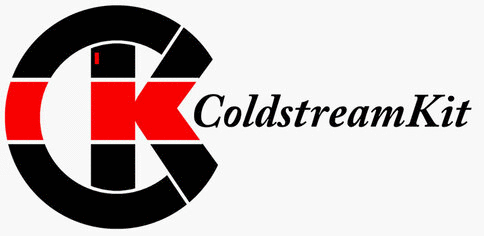

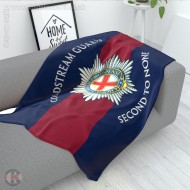
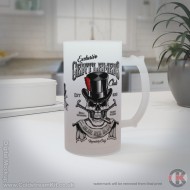
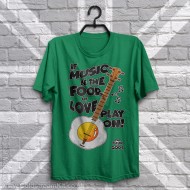

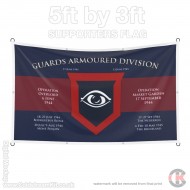
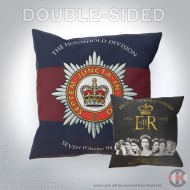





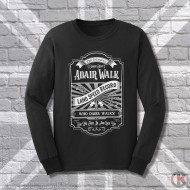
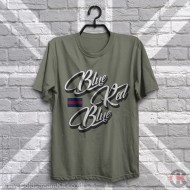
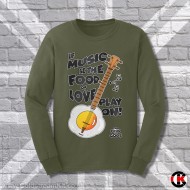
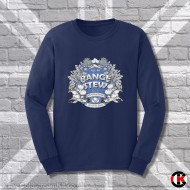
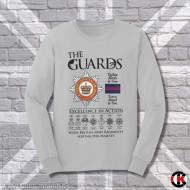
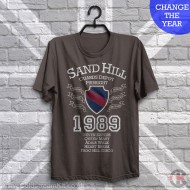

Leave a Comment